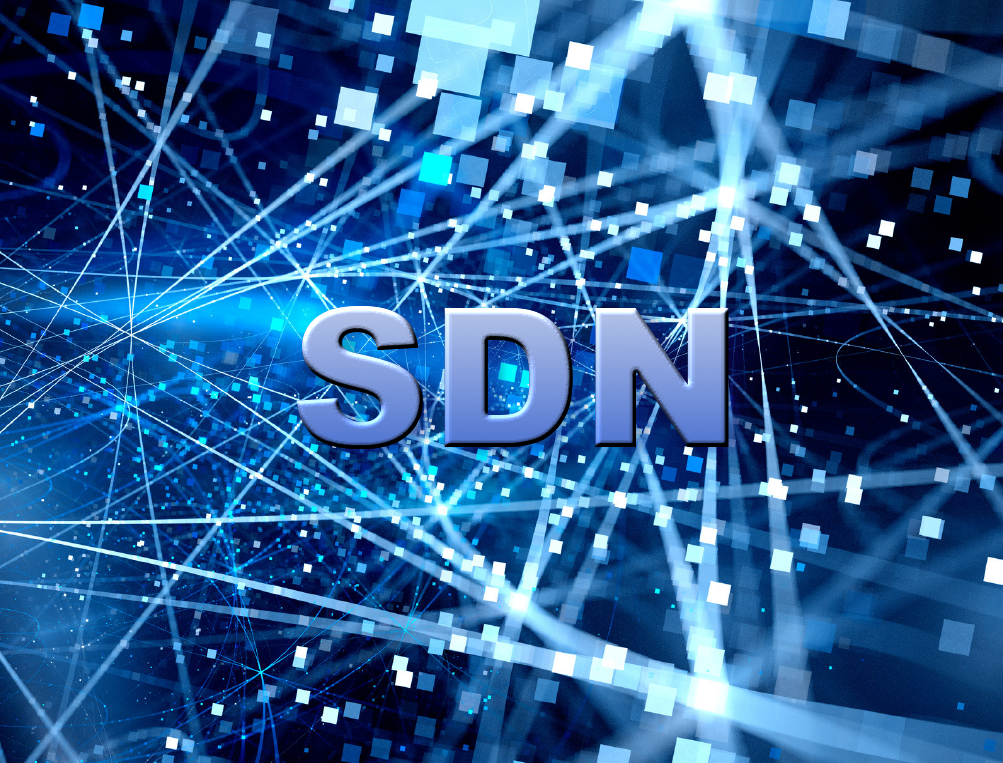Software Defined Network
Software Defined Network
We are currently facing an exceptional situation which was as unexpected as it was global. This led us to react quickly to continue to live and work. For corporate IT departments, this situation had and still has severe impacts, and they have been (and are still being) put to the test to ensure business continuity. As a major IT integrator in Switzerland, SPIE ICS has been working alongside of its customers to help them overcome the many challenges they face leveraging SDN technologies in particular.
Among the many aftermath of this situation, the hybridization of work, especially in the tertiary sector, is likely to be the one that will prevail over time. Besides changing habits, this new way of working forces leaders at IT department to answer the following question :
- How can we garantee the best IT experience for our employees/customers/providers ? How to ensure both reliability and security, regardless of where they are (home, office, on the move) and whether they are mobile or stationary?
In addition, resources (data, workloads) that were previously almost exclusively available "on premise" are now hosted in a cloud, whether private or public. The question is no longer whether to migrate to the cloud, but when and how this migration will take place. This raises two additionnal questions:
- How can we use the flexibility offered by the cloud without overburdening IT teams?
- How do you protect the business and ensure the integrity of resources, wherever they are located?
Yesterday's IT environment, which was predominantly on-premise, is evolving into today's on and off-premise environment, and SDN technologies can provide the tools to meet these challenges.
The benefits of SDN are numerous, and it would be impossible to list them all here. However, some of them do deserve to be highlighted :
- Gain in time by automating certain time-consuming tasks which mobilize significant human resources, and provide little added value.
- Gain in visibility by autonomously performing massive analysis of data reported by infrastructure, applications, and users.
- Gain in security, with the ability to implement global policies, whether resources and users are "on-premise" or "off-premise".
- Delivering the best possible IT experience while being able to respond to the many challenges faced quickly and efficiently when needed.
I like to think of the IT environment as a platform based on a solid foundation (the infrastructure), where each solution or application is a new building block that enriches it. By thinking so, we are then able to both extract value from the infrastructure’s telemetry (to ensure and improve its own operation), while enabling the various solutions and applications to feed and enrich themselves by consuming all this data.
The benefits for IT departments and businesses in general to take this path are many and varied, ranging from helping to create a Business Continuity Plan (BCP) in the event of a major incident (security breach, global emergency) to helping business lines generate new revenue. IT then becomes an innovation enabler, while maintaining its core support function.
Making these changes all at once is utopian, therefore it is necessary to proceed step by step and follow a pre-defined strategy. SPIE has established strategic partnerships with suppliers that are at the cutting edge of these technologies and we can support you before, during and after these transformation projects. With our experience and skills, we allow you to get the most of your SDN journey.

